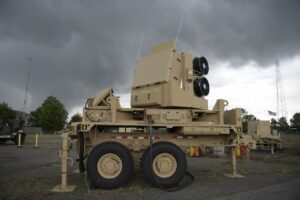
Lockheed Martin [LMT] officially delivered the first five Sentinel A4 radars to the Army in late May, the company said this week, with the new systems now set to undergo operational testing. The first batch of Sentinel A4 radars, which will replace the Sentinel A3 built by Thales and Raytheon Technologies [RTX], will be followed by delivery of a second group of five radars to begin next March. “Our team understands the criticality of this technology and the need to…

 By
By 











